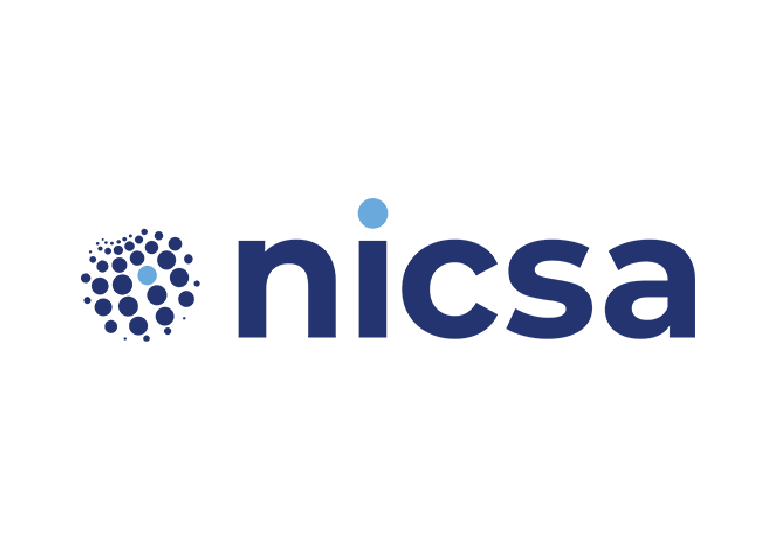NextGen IT for Financial Services
Managed IT Services and Solutions for Financial Institutions
Thrive, stands as a global leader in IT support for financial businesses. Our comprehensive range of services and unparalleled expertise drives highly secure and successful digital transformations, making our expert team is the go-to choice for Financial IT Solutions.
With a dedicated team of technical and industry experts, Thrive ensures that the financial services industry can optimize its business performance through strategic design and implementation of NextGen IT environments. Our focus on cybersecurity, collaboration, and Cloud technologies brings individual expertise and leadership to the table. Moreover, Thrive’s commitment to continuous employee training ensures that clients have access to a highly skilled and knowledgeable team available round the clock, specifically catering to the unique needs of financial companies.
Thrive’s end-to-end IT managed services, tailored for financial businesses, cover all aspects of IT support. By leveraging our industry insights and robust support, we empower financial companies to navigate the ever-evolving IT landscape with confidence. Thrive’s unmatched expertise in IT Solutions for Financial companies, combined with our comprehensive services, positions us as the trusted IT partner for financial businesses seeking sustainable growth and success in the digital era.

Hear From Our Customers
Thrive’s expertise means we can sleep easy knowing our systems are secure, and our team can work efficiently — no matter what challenges arise.
Richard Manoogian
Managing Director, Chief Compliance Officer
Northeast Investment Management, Inc.

A Unified Platform for Alternative Investment Firms
Thrive’s Financial Operations Platform manages the full investment lifecycle through front, middle, and back office via our single custody private Cloud. Our Financial Operations Platform enables organizations to put investors at ease, as well as serves as a comprehensive tool during a potential regulatory or registration process with the SEC, FINRA, SIPC, MSRB and NFA.
Cloud for Financial Services
In financial services, performance, cost, security and regulatory demands drive decisions for where financial applications and data should reside. To solve the Cloud needs of financial services organizations, Thrive offers best-in-class, secure Cloud solutions. Our Cloud engineering team has the ability to design, build, and support the Cloud solution that best meets the needs and regulatory requirements of your specific business.


Cybersecurity for Financial Services
Critical security issues pose a 24×7 risk to the infrastructure of financial services organizations. At the same time, system and regulatory requirements demand that organizations log, monitor, analyze and report on their data as it passes through a complex network of IT infrastructure and applications. Thrive’s customer-first cybersecurity approach provides custom solutions that can scale with budgets, can flexibly meet changing demands, and provides clear, actionable information.
Vulnerability Scanning and Management for Financial Services
Financial business systems continue to grow in complexity, and with that comes increased risk of vulnerabilities, exploits, and security breaches for financial services organizations.
Thrive’s industry-specific expert team can help you protect your business by uncovering IT vulnerabilities and deliver unmatched insight into the potential risks present in your mission-critical business infrastructure.



Disaster Recovery-as-a-Service for Financial Services
Thrive understands that regardless of the reason, downtime for financial services firms is never an option. Whether it’s an infrastructure failure, security breach, human error, or a natural disaster, your investors and clients demand your services continue to operate without interruption.
Thrive’s DRaaS portfolio of services range from disaster recovery consulting and planning, to full restoration of mission-critical applications and services.
Microsoft 365 Platform Services for Financial Services
For financial services companies, success is often driven by speed, service and sharing. Thrive tailors best-in-class managed solutions that deliver improved communications, greater efficiency and better decision-making from person to person and branch to branch.

Memberships
Thrive holds memberships with leading financial associations Nicsa and AIMA, enabling our experts to always remain at the forefront of the FinTech world, staying ahead of regulatory updates, best practices, risk management, and more.


Resources
Support your organization’s need for long-term flexibility and reliability with managed NextGen IT solutions from Thrive.
Contact Thrive Today
No matter where your agency is on its digital transformation journey, Thrive can help.
Learn how Thrive helps financial services organizations like yours transform their business through secure cloud solutions and digital collaboration and communication solutions.











